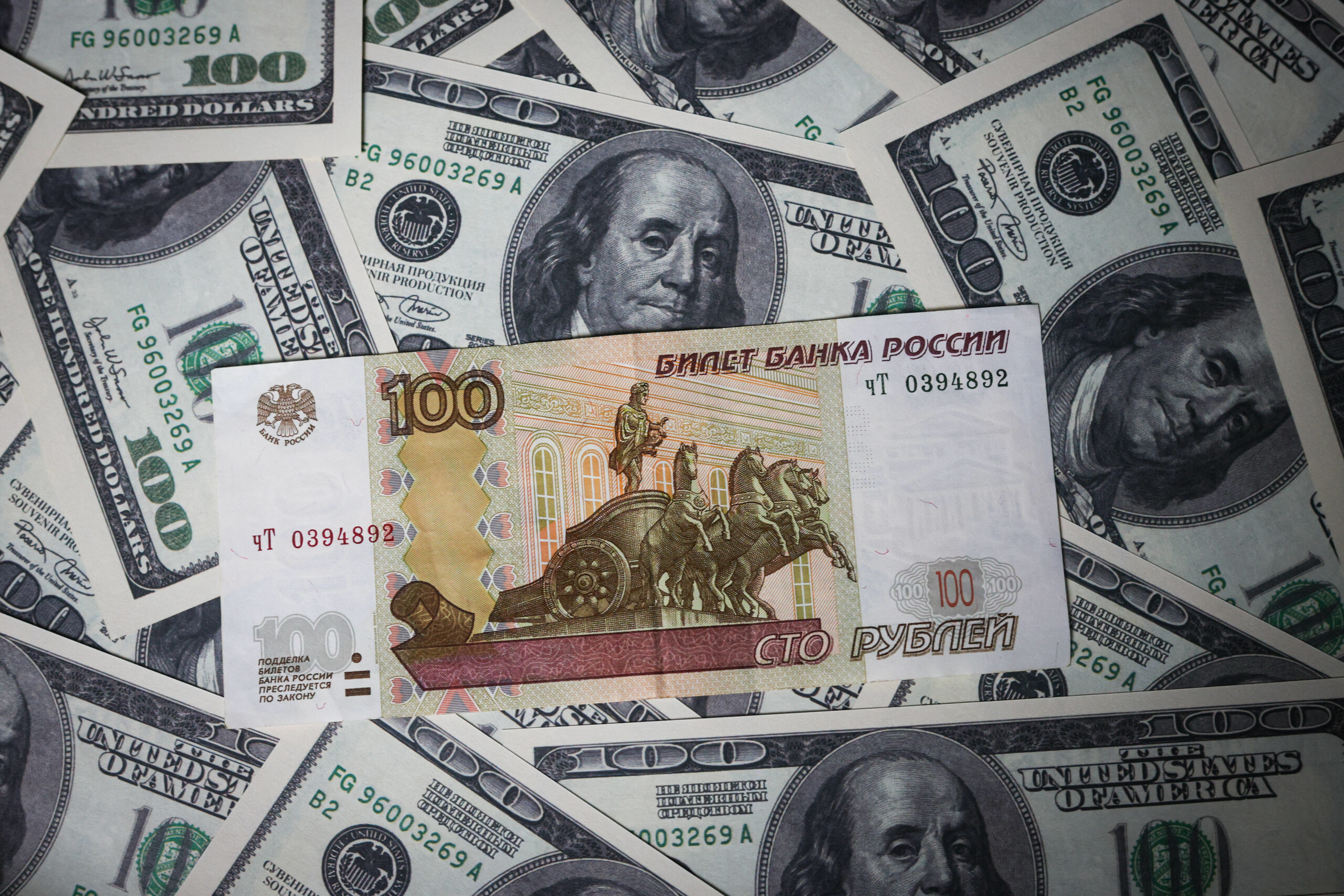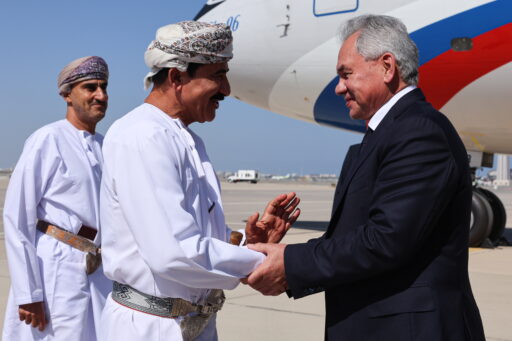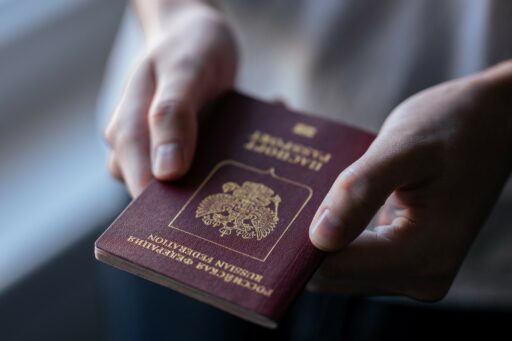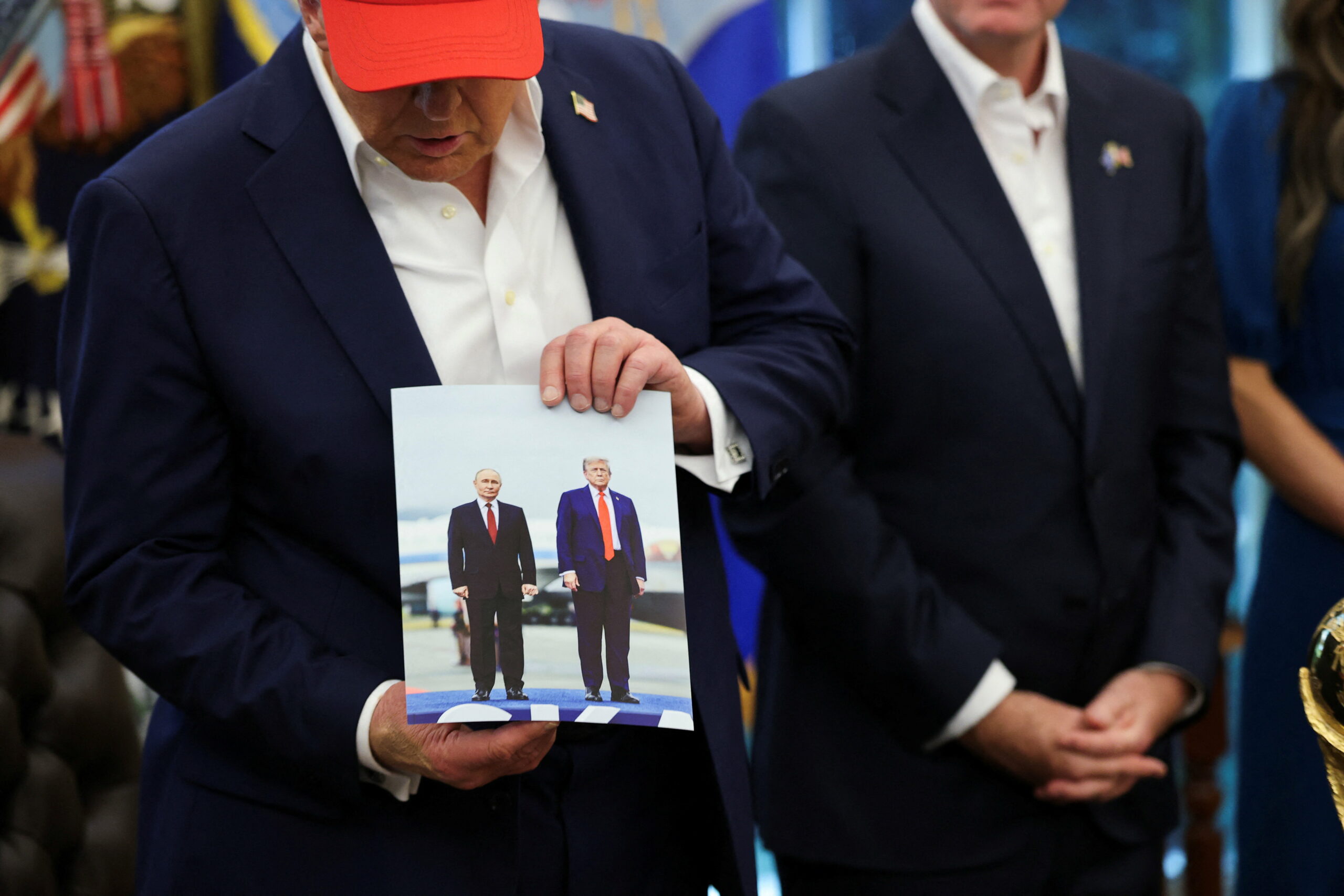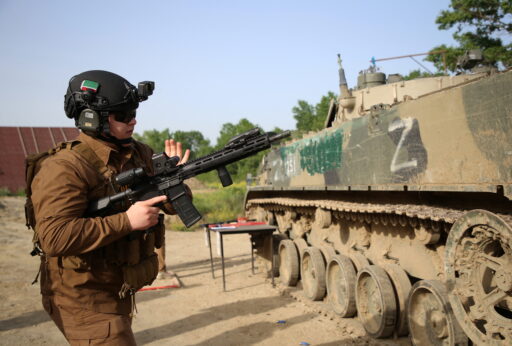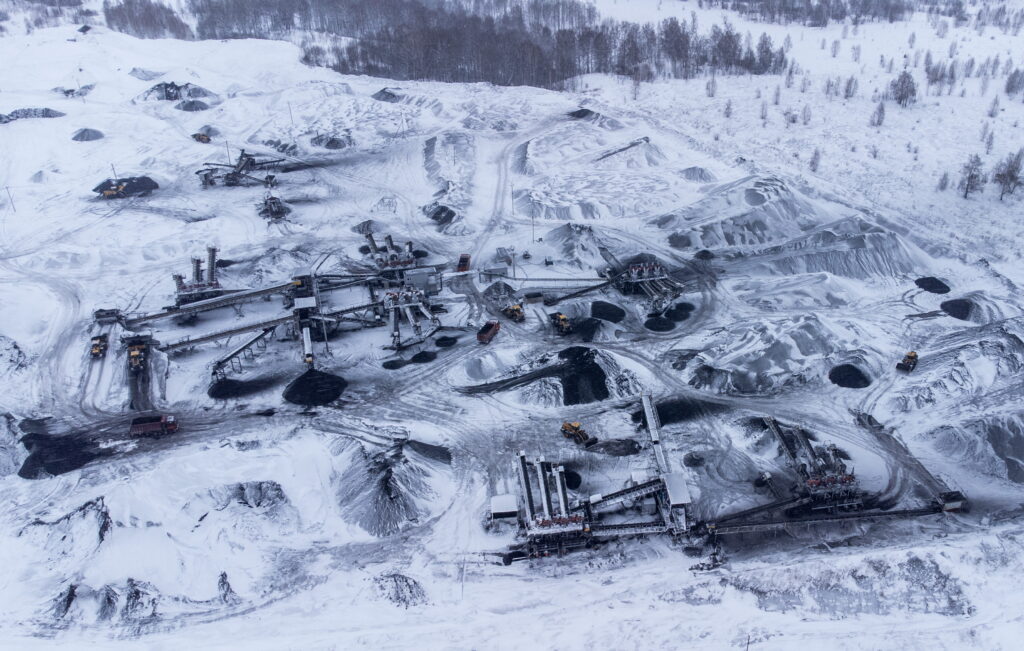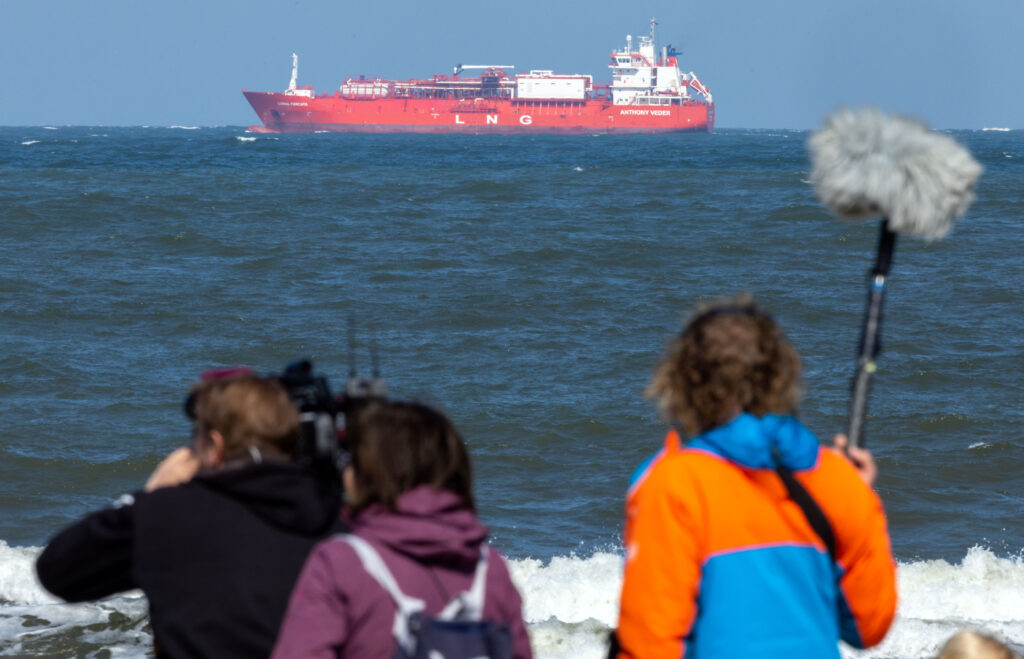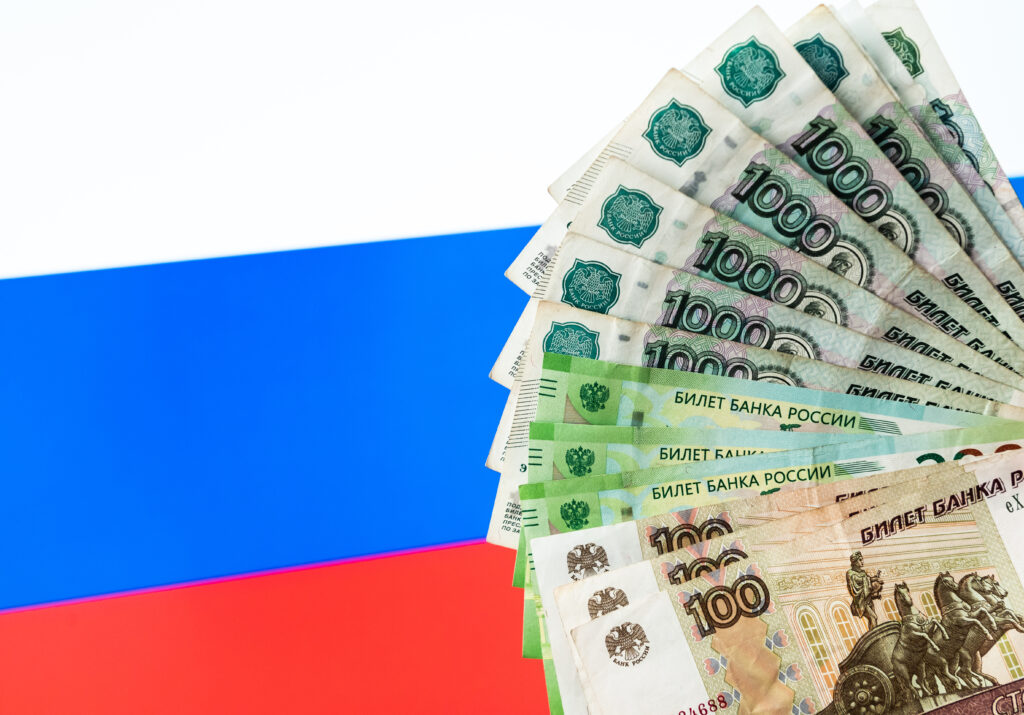More than three years of an economy at war have left deep, lasting wounds on the traditional framework used by Russia’s technocracy to «stabilize» the economy over the last quarter century. Russian observers and their western counterparts tend to focus on the sustainability of the military budget as the most important metric of «stability» for the longer-term prospects of sustaining the war. While understandable in normal conditions — since 1998, the budget has been a crucial instrument of both macroeconomic stabilization via spending levels and the management of the ruble — this approach often misses the forest for the trees.
The immense effort to funnel money, labor, and other resources into the war have created systemic imbalances that only a hard landing for the civilian economy — and living standards — can «correct.» In turn, the cure for what ails the economy is as bad as the disease of wartime expenditures cannibalizing capacity from other parts of the economy and redeploying it or making it dependent on the war. The process of ensuring stability also becomes more costly as economic growth evaporates, requiring either greater levels of coercion or tradeoffs between political constituencies suffering under sanctions, facing difficult market conditions, or otherwise struggling to reconcile pressure not to pass on their cost increases to consumers with persistently high inflation.
Automatic destabilizers
Imagine an economy as a series of tubs of water connected in a descending chain with a funnel bored into each tub near the lip, allowing water to flow through each one in a circuit. Water pumped into the top tub fills the tub below it until it’s high enough to travel through the next funnel, filling the next and on down the line until the last tub drains, allowing the water to be recycled and pumped back up to the top. Each tub may act as a different sector of the economy — defense manufacturers, retailers, oil & gas companies, utilities providers, and so on — and the depth and breadth of each tub varies depending on each sector’s relative size.
The water acts like the circulation of money from sector to sector and the rate at which it’s added and the rate at which it drains reflects the relative balance of demand for various goods and services and the capacity of each tub — the non-monetary factors like labor, production, or market size — to meet that demand. Too much water is akin to an overflow of money exceeding the capacity of what the economy can produce and too little is akin to a recession as successive sectors utilize less and less of their capacity, passing on less water to the next tub. While the water is supposed to cascade downwards, various interventions may at any time add or drain water from any given tub — a different economic sector — at any time.
The regime’s commitment to the war has simultaneously pumped huge sums into the economy at large while also creating various bottlenecks and dysfunctions across sectors. Since military demand from the war is effectively limited only by what the state is willing to pay or order firms to produce and its recruitment targets, Russia now lives under a regime of «hydraulic Putinism.» No matter what conditions there are elsewhere in the economy, the state will pour money into the military and associated sectors hydraulically inflating demand — raising water levels — in them while slowly but surely reducing the capacity of other sectors or tubs to absorb the overflow or otherwise choking them off from a lack of viable demand. The effect is, by its nature, a permanent source of instability until wartime spending either ratchets down or is deployed more productively.
A simple measure of the aggressive rate of inflation relative to production is the nominal size of the Russian economy. If GDP was approximately 107 trillion rubles in 2020, it now exceeds 200 trillion rubles, and while cumulative official core inflation between January 2020 and April 2025 is 36%, the costs the average household faces have grown significantly faster. While the economy has more than doubled in nominal size over the last five and half years, most of the increase in manufacturing since 2022 has come from military or military-adjacent sectors. Investment into rail and road infrastructure, vital to sustain a long-term reshuffling of trade towards China and the Asia-Pacific, has fallen in real-terms over the last three years. Between 2010 and 2021, on an exchange rate adjusted basis, imports of goods and services were consistently equivalent to 20−21% of GDP. In 2022, that figure fell to 15.5% and has since been around that level. Not only must sanctions be considered — import costs for many inputs and goods rose 30−40% in 2022, establishing a much higher base price — but there’s no evidence of an explosion of domestic light industrial investment to meet the demand linked to that 5% decline in relative import dependence, which implies large increases in price for often limited substitutes for those imports. If wages were rising significantly faster than inflation, we would expect to see imports’ share of GDP increase once more since the economy is constrained in its ability to produce more consumer goods. In other words, the wartime spending binge and sanctions have almost certainly lowered living standards for the average person, pushed consumers to buy lower quality substitutes from China or domestic producers, driven costs of living up significantly, created a constant hemorrhage of available labor, and weighed on demand from other sectors.
Capital offensives
Inflation has broken the typical flows of money through the civilian economy even as military production has expanded military recruitment maintained at a high pace. Once military mobilization was announced in the fall of 2022, inflation steadily rose until the Bank of Russia was forced to push the key rate to 21% last October. Since 2022, the regime has mobilized capital for the war through preferential loan schemes offering subsidized rates to strategic industries while consumer credit cards or loans and non-essential businesses must borrow at market rates. The lone exception was the mortgage subsidy program first launched in 2020 that formally ended last June, only to be extended for families with children.
Back in August of 2023, Maxim Oreshkin, then aide to Putin cited his own calculations that corporate borrowing that year created an additional 9.5 trillion rubles of demand for goods and services while consumer borrowing added another 3.3 trillion. That’s a demand impulse equivalent to over 7% of GDP that year. But as interest rates climbed for consumers afterwards, whatever support military spending might have provided for consumer demand and industries evaporated. If you strip out military industries, civilian production was just 1.9% higher than 2021 levels in April, entering de facto recession over the last year, and all value-added processing or production excluding oil refining and the military has been declining every month since December. Wage growth is now stalling as the number of job openings in Q1 fell to their lowest level since the beginning of 2022 even with official unemployment at 2.4%. Year-on-year demand for tours around Russia have fallen 56%. Retail chains selling clothing often saw sales declines of 30−35% in Q1. Surveys from the Stolypin Institute of Economic Growth showed 70% of businesses polled saw demand declines for their goods and services in Q1 and 56% saw earnings from turnover fall. Amid these conditions, the various companies that have local or regional monopolies continue to raise prices, driving inflation higher. Gazprom is now looking to hike gas price 10% twice in one year for industrial consumers, which will inevitably increase state procurement costs for the military and consumer costs while the budget deficit is likely to exceed forecasts of 1.7% of GDP as Saudi-led oil production increases from OPEC+ oversupply energy markets facing significant headwinds from US trade policy and uncertainty.
The regime’s capital offensive in late 2022−2023 to rush money into the military sector initially created growth because it was the first de facto direct demand stimulus on a large scale the economy had experienced in the last quarter century. But it came at high cost. There is only one way to tame inflation with so many constraints on labor and the cost of imports — reduce demand. The Bank of Russia is doing its part leaving rates high while the Ministry of Finance continually looks for more discretionary spending to cut. The preferential allocation of credit to defense industries through forced loans and subsidized borrowing has, at last, begun to suck financial resources out of civilian uses. Returning to our analogy, the flow of water is drying up and being diverted. If this isn’t done by the country’s technocratic institutions, the resulting overflow of demand and money could lead to uncontrollable inflation, a pertinent risk given the rise of non-payments from high interest rates and risks that businesses move back to barter or other non-monetary forms of exchange to survive.
What is stability?
Stability is a word often used to describe the regime’s political power and governance without adequate context. For the war economy, stability is only possible if non-military industries and households consume and spend less. In the strictest sense, this is achievable for the near-term without yet sacrificing the regime’s maximalist aims. While topline inflation significantly understates the relative price increases facing a majority of the public, it is not wholly unmoored from reality. Businesses have also slowed the pace of price increases by offering discounts or deals to try to increase turnover in the last six months. However, even slower paces of price increases are painful if wages stop growing because the only area of the economy performing well is military production, military service, or directly supplying the military with goods and services.
Further, the bag of tricks used to buy the regime time to win is emptying. There are less than 4 trillion rubles’ worth of liquid assets left in the National Welfare Fund, the primary instrument available to minimize the size of federal budget deficits without overly painful spending cuts. Factoring in inflation and the nominal growth of the economy, these assets represent less than 2% of GDP, a sum effectively equivalent to the government’s intended budget deficit for the year.
As the civilian economy’s recession becomes more pronounced, budget revenues associated with income and VAT taxes will fall in real-terms. Historically, the best way to offset this would be increasing taxes on exporters. This approach faces two constraints the regime can do nothing about without a radical change in its negotiating stance with Ukraine. First, the ruble has strengthened from 104 to the USD at the end of December to 77 to the USD. As the ruble exchange rate strengthens, it reduces the relative earnings for and tax revenues from taxes on oil, gas, coal, and metals while also making imports of goods that some industries have tried to produce domestically since the invasion more competitive, threatening civilian businesses. Second, Russian oil companies and the government have no control over oil prices and little influence over OPEC+’s production quotas and Gazprom has lost most of its European business, forcing it to pursue higher domestic prices to cover its considerable costs maintaining infrastructure and subsidizing households.
Instead of the budget, the real risk from falling energy export prices comes from instability linked to the ruble’s exchange rate and the availability of foreign currency reserves for the liquidity needs of Russian businesses and households. Since exporters are legally required to hand over most of their FX earnings and buy rubles to stabilize it, a sustained, structural loss of export earnings will weaken the ruble. While this may increase the relative revenues realized from oil & gas taxes, it will drive inflation higher as imports remain crucial for both military industries and household consumption. The net result will be to force the Bank of Russia to hold interest rates higher, reducing demand for imports from the civilian economy.
The Bank of Russia already estimates that the net credit impulse — the effect borrowing at today’s rates have on the economy — was a whopping negative 2.3% of GDP in April. If we assume annualized GDP growth figures from Q1 of 1.4% are accurate, spending on the war is creating GDP growth on paper without which there’d already be a recession fully underway. The issue of export earnings also touches on the capacity of businesses dependent on imports to access the currency they need to pay for them. Financial sanctions prevent Chinese banks from directly extending lines of yuan credit, which means that Russia must maintain a bilateral trade surplus with China to keep inflows of yuan from exceeding outflows. Should Russia enter a sustained trade deficit with China, it would eventually have to seek new means of settling payments as it burns through its yuan reserves and households scramble to hold more of their money in yuan, creating additional costs for the economy.
All of this suggests that claims Russia can maintain its macroeconomic stability while prosecuting the war are strictly true. But they also depend on a series of conditions Moscow’s policymakers cannot control and assume that nothing major domestically or externally «breaks» along the way. Stability in Russia is a dynamic phenomenon, the result of repeated interventions and improvisations from policymakers.
While Russia may get through 2025 without too many issues economically, 2026 will be far more difficult. There’s also reason to believe that this year’s summer offensive is potentially the last great push the military-industrial sector can sustain before the intensity of fighting must be ratcheted down, tactics and strategies revised, and more resources allowed to flow to civilian industries. Hydraulic Putinism has shattered the traditional architecture of macroeconomic stability, replacing it with a system in permanent flux that is starving the country of a generation of much-needed investment into public infrastructure, healthcare, education, and other needs. Whatever stability it affords comes at an ever steepening cost.
